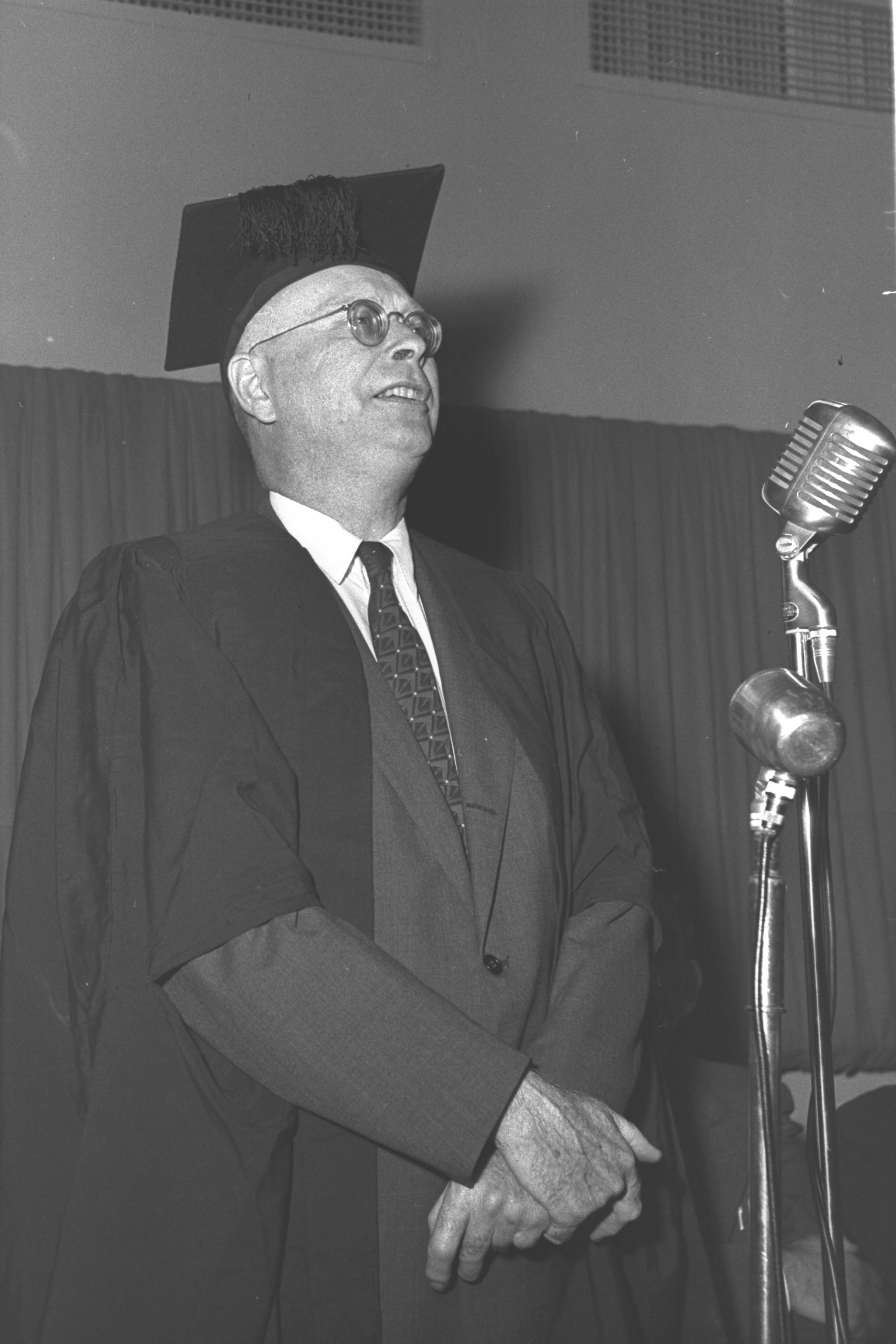William F. Albright (William Foxwell Albright)

From the early twentieth century until his death, he was the dean of biblical archaeologists and the acknowledged founder of the Biblical archaeology movement. Most notably, coming from his own background in radical German historical criticism of the historicity of the Biblical accounts, Albright, through his seminal work in archaeology (and most notably his development of the standard pottery typology for Palestine and the Holy Land) arrived at the conclusion that the biblical accounts of Israelite history were, contrary to the dominant German literary criticism of the day, largely accurate. Albright’s view was novel among scholars at the time, but it has prevailed over a wide front, though there are detractors. His student George Ernest Wright followed in his footsteps as the leader of the biblical archaeology movement, contributing definitive work at Shechem and Gezer. Albright also inspired, trained and worked with the first generation of world-class Israeli archaeologists, who have carried on his work, and maintained his perspective.
Other students, notably Joseph Fitzmyer, S.J., Frank Moore Cross, Raymond E. Brown, and David Noel Freedman, became international leaders in the study of the Bible and the ancient Near East, including Northwest Semitic epigraphy and paleography. John Bright, Cyrus H. McCormick Professor of Hebrew and Old Testament Interpretation at Union Seminary in Richmond (PhD, Johns Hopkins, 1940), went on to become “the first distinguished American historian of the Old Testament” and “arguably the most influential scholar of the Albright school”, owing to his “distinctly American commonsense flavor, similar to that of W[illiam] James”. Thus Albright and his students achieved a very wide reach and were highly influential in American higher education from the 1940s through the 1970s, after which revisionist scholars of merit such as T. L. Thompson, John Van Seters, Niels Peter Lemche, and Philip R. Davies developed and advanced their own minimalist critique of Albright’s view that archaeology supports the broad outlines of the history of Israel as presented in the Bible. Like other academic geniuses (Edmund Huesserl in Phenomenology and Max Weber in sociology and the sociology of religion), W.F. Albright created, advanced and soundly established the new discipline of Biblical Archaeology, which is taught now at major and even elite universities on a worldwide basis and has exponents across national, cultural and religious lines.
Albright was born in Coquimbo, Chile, the eldest of six children of American evangelical Methodist missionaries Wilbur Finley Albright and Cornish American Zephine Viola Foxwell. Albright was an alumnus of Upper Iowa University. He married Dr. Ruth Norton (1892-1979) in 1921 and had four sons. He received his Ph.D. from Johns Hopkins University, Baltimore, Maryland, in 1916 and took a professorship there in 1927, remaining as W. W. Spence Professor of Semitic Languages from 1930 to his retirement in 1958. He was also the Director of the American School of Oriental Research in Jerusalem, 1922–1929, 1933–1936, and did important archaeological work at such sites in Israel as Gibeah (Tell el-Fûl, 1922) and Tell Beit Mirsim (1933–1936).
Albright became known to the public for his role in the authentication of the Dead Sea Scrolls in 1948, but made his scholarly reputation as the leading theorist and practitioner of biblical archaeology, “that branch of archaeology that sheds light upon “the social and political structure, the religious concepts and practices and other human activities and relationships that are found in the Bible or pertain to peoples mentioned in the Bible.” Albright was not, however, a biblical literalist; his Yahweh and the Gods of Canaan, for example, putting forward the view that the religion of the Israelites had evolved from polytheism to a monotheism that saw God acting in history—a view fully in accordance with the documentary hypothesis and the mainstream opinions of the preceding two centuries of biblical criticism. Although primarily a biblical archaeologist, Albright was a polymath who made contributions in almost every field of Near Eastern studies: an example of his range is a BASOR 130 (1953) paper titled “New Light from Egypt on the Chronology and History of Israel and Judah,” in which he established that Shoshenq I—the Biblical Shishaq—came to power somewhere between 945 and 940 BC.
A prolific author, his major works include Yahweh and the Gods of Canaan, The Archaeology of Palestine: From the Stone Age to Christianity, and The Biblical Period from Abraham to Ezra. He also edited the Anchor Bible volumes on Jeremiah, Matthew, and Revelation. Throughout his life Albright was honored with numerous awards, honorary doctorates, and medals, and was given the title “Worthy One of Jerusalem”—the first time the award had been given to a non-Jew. He was elected a Fellow of the American Academy of Arts and Sciences in 1956. After his death, his legacy continued as a large number of scholars, inspired by his work, became specialists in the areas Albright had pioneered. The American Schools of Oriental Research is now known as the Albright Institute of Archaeological Research, in honor of Albright’s exceptional contributions to the field.
Born
- May, 24, 1891
- Coquimbo, Chile
Died
- September, 19, 1971
- USA
- Baltimore, Maryland


